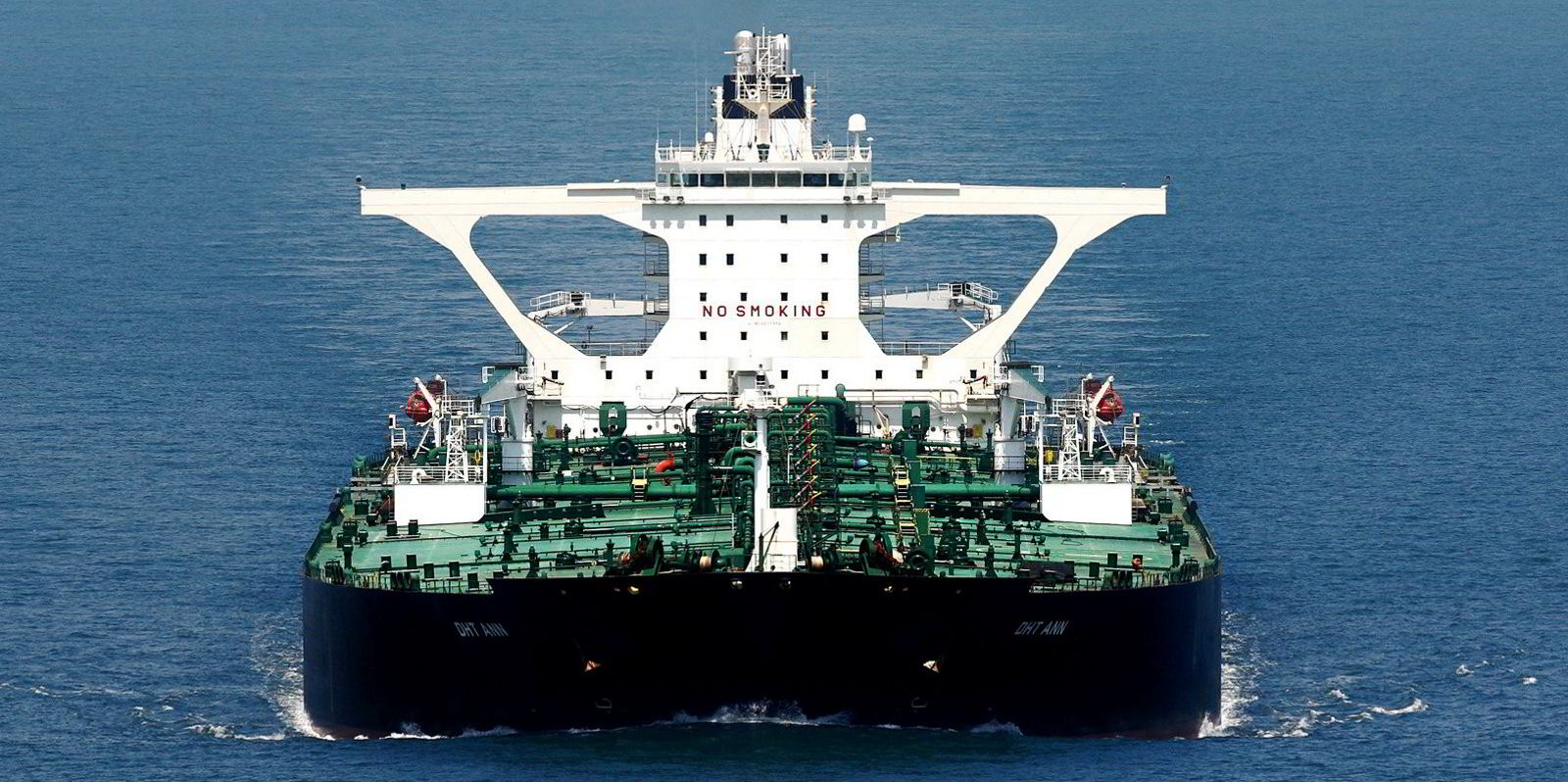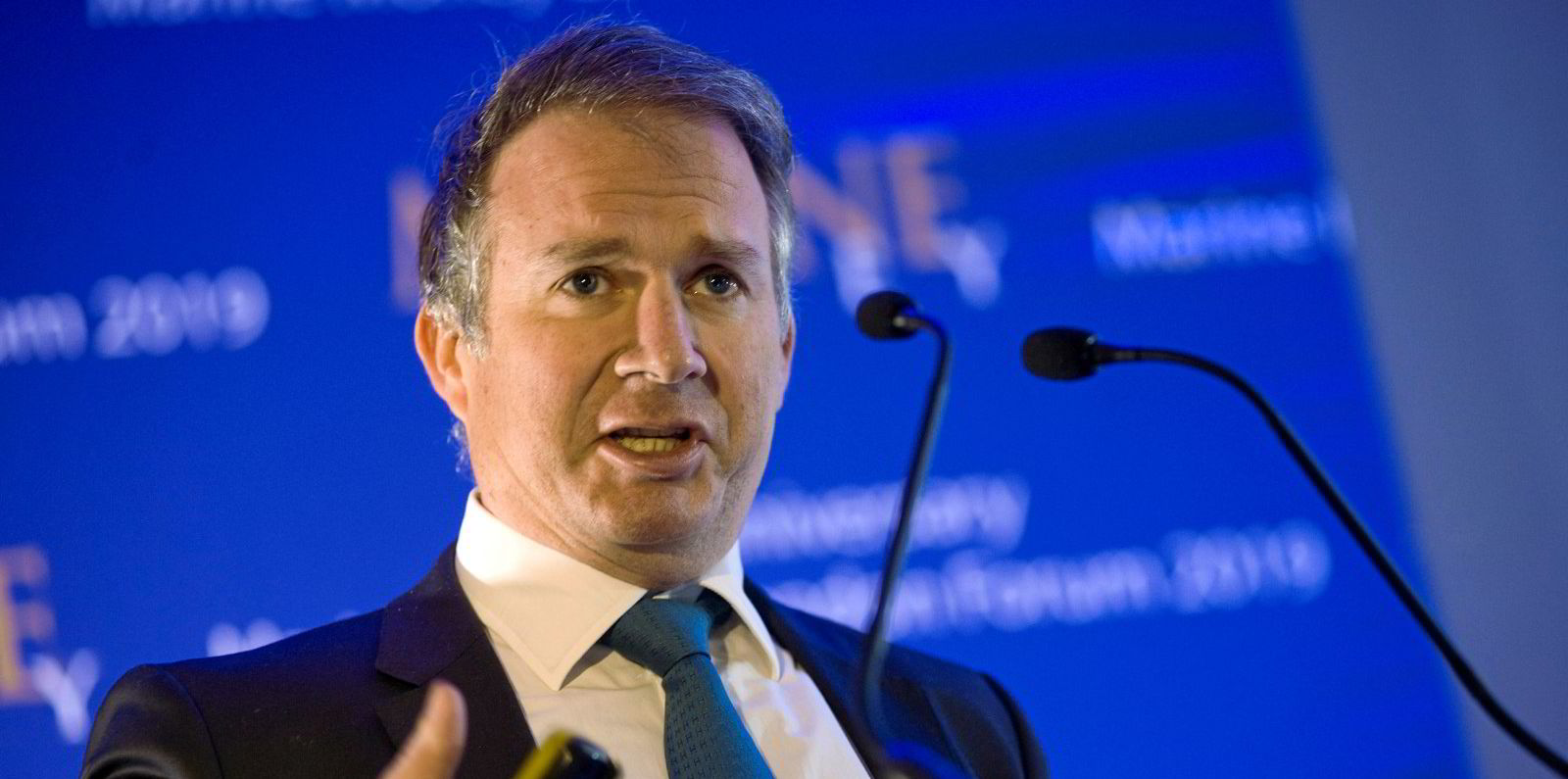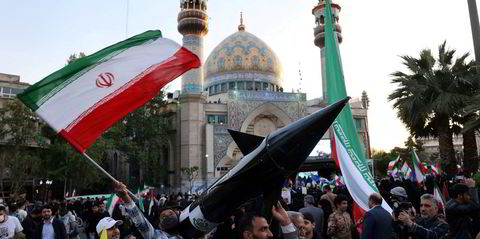VLCC rates out of the US Gulf Coast will continue to rise, at least for the next few months, BRS Group said on Monday.
The French shipbroking giant said West Texas Intermediate oil prices were favourable to both Middle East and Brent crude, likely pushing price-sensitive China to stock up on US volumes through the end of the second quarter.
BRS said the trend would be further boosted by production cuts from both Opec+ and Russia.
“All of the above justifies VLCC utilisation from West to East to increase in the short term, potentially leading to rates on TD22 gaining momentum over TD3C,” BRS said.
The TD22, which measures ships sailing from the US Gulf Coast to China, have largely been on an upward trend since early February, hitting a year-to-date high of $12.4m on 20 March.
Rates have softened since to a lump-sum rate of $11.7m, or $66,400 per day on a time charter equivalent basis.
The TD3C, measuring ships sailing from the Middle East to China, has been less stable in recent weeks, spiking several times this month.
On Monday, it fell just over one point to Worldscale 89.1 or $82,200 per day on a TCE basis.
The expected improvement in US Gulf Coast VLCC rates, though, is expected to last only until the third quarter with BRS Group predicting greater Middle Eastern exports to East Asia beginning in the third quarter, so long as Opec+ raises production.
“The forthcoming ballaster wave from Asia following the discharge of laden vessels — the number of which consistently surpassed the number of ballasters during the previous two months — might find it hard to be absorbed by the [Middle East] to west trade and thus ballasting time toward the west will increase, intensifying fleet inefficiencies,” the broker said.
The firm said the phenomenon would be bullish for the global VLCC market in toward the end of the second quarter before volatility takes over.
“Eventually, large ballaster waves to the west will create volatility for the segment with large spikes followed by dives,” the company said.






